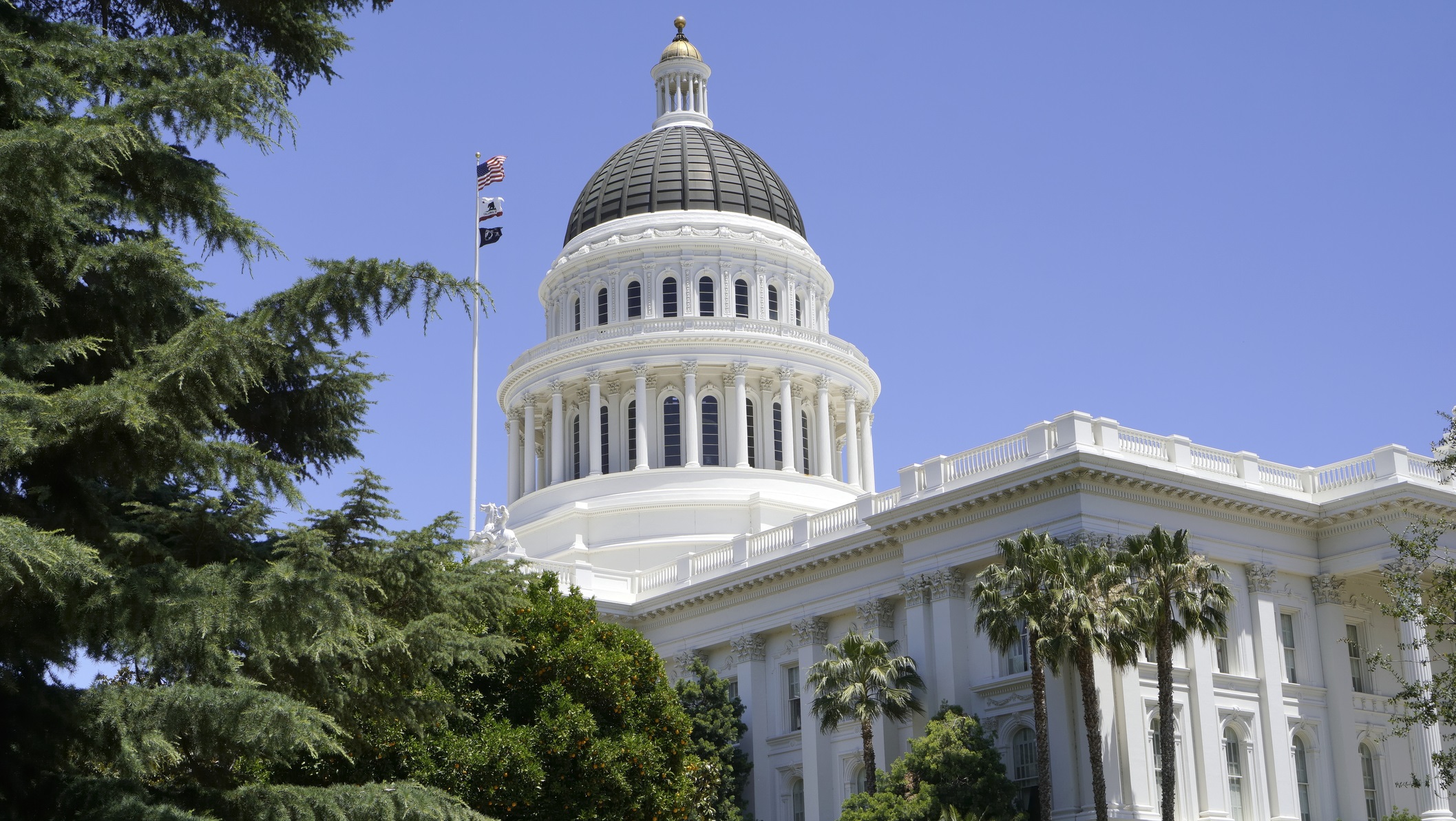Tree trimming, brush clearing: These are among the steps many property owners in California have taken to protect their homes and businesses from wildfires.
The mitigation steps soon to be considered by insurance companies writing policies in areas deemed “high risk” for wildfires, according to a new plan announced this week by the California Department of Insurance.
An insurance expert tells the NBC4 I-Team that could mean more discounts for the work to harden residential and commercial properties against wildfires.
As the I-Team has been documenting for months, homeowners have found themselves being dropped from their insurance policies for various reasons and forced to turn to the California FAIR Plan as their only option, instead of the option of last resort as was intended, according to the Department of Insurance.
Get top local stories in Southern California delivered to you every morning. Sign up for NBC LA's News Headlines newsletter.
“Californians in every corner of our state are frustrated with outdated regulations and desperate for change,” Commissioner Ricardo Lara said in a press statement this week.
“Whether you live in the Sierra or the foothills, along the coast or in a city, California is not a 'one-size-fits-all' place, and we need to be inclusive. We are enacting a major reform that will result in insurance companies writing more policies, so if you are stuck on the FAIR Plan because of your unique wildfire risk, there will be help for you,” he added.
The state has also created a first-ever wildfire risk map to show where insurance companies need to increase coverage, areas including parts of Los Angeles, San Bernardino and Riverside counties.
These areas represent zip codes where more than 15% of policies are written by the FAIR plan as well as neighborhoods, where incomes are low, yet insurance premiums are high.
A map and list of zip codes of affected residential and commercial areas can be found here:
Under the new guidelines, insurers will have to increase the policies they provide in these areas. Implementing these changes are expected to happen by the end of the year
“Similarly, there is a trailer bill that's being attached to the California budget that the governor is looking to sign, which would actually put part of these plans in effect immediately,” Karl Susman, Susman Insurance Agency, said.
Susman is an insurance agent with decades in the industry and tells the NBC4 I-Team insurance companies will also be allowed to use what’s called “catastrophe models” to determine rates for individual owners so there is no blanket “one size fits all” cost.
“It's a good thing because it's going to enable consumers to know if they're in a higher risk area than they thought. And they'll also be required, they meaning the insurance industry, to provide steps that the consumer can take to make their home less likely to burn,” Susman said.
The Department of Insurance release states: “Under this regulatory package, insurance companies must detail where they are writing policies in submitted rate filings and the Department will use its existing enforcement authority to hold them accountable. Insurance companies using catastrophe models also will be required to take into account the steps taken by policyholders to mitigate wildfire risk.”
Susman also says there is an enforcement component with these new expected changes.
“It's actually in the regulations, which I don't think I've seen in the past. They're going as far as saying what type of documentation needs to be maintained in what format and for how long,” he added.
The Department of Insurance also points to state law which sets a one- year moratorium on insurance companies cancelling or non-renewing residential insurance policies in certain areas near a fire perimeter after a declared state of emergency issued by Governor Gavin Newson.
According to the Department’s website: “the Department of Insurance partners with CAL-FIRE and the Governor’s Office of Emergency Services to identify wildfire perimeters and adjacent ZIP codes within the mandatory moratorium areas. The protection from cancellation or non-renewal lasts for one year from the date of the Governor’s emergency declaration.
This one-year protection applies to all residential policyholders within the affected areas who suffer less than a total loss, including those who suffer no loss. Those who suffer a total loss have additional protections under the law.”



